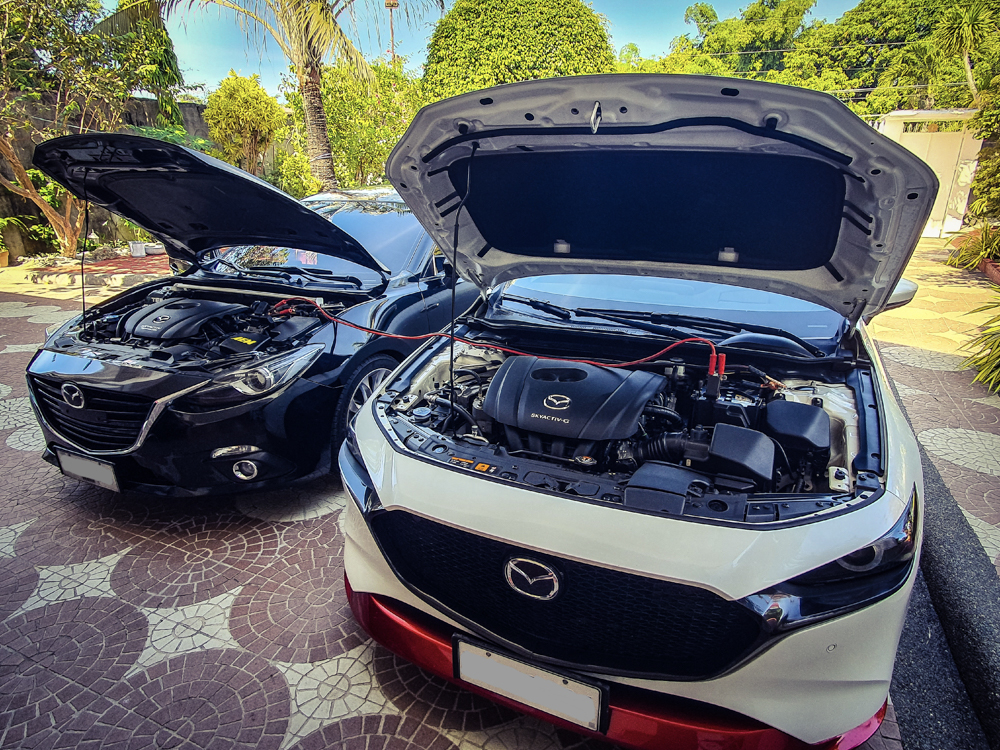
One of the most common causes of a car breakdown is a dead battery. This can be due to leaving any lights on or electrical devices running for a prolonged period after you’ve shut down the engine. I recently asked a bunch of friends if they knew how to use a set of jumper cables in the event a car’s battery goes flat. Only a couple of them had the right knowledge on how to do it.
So, here’s a simple guide on how to safely and properly use jumper cables. This will surely save you from a world of trouble when the time comes.
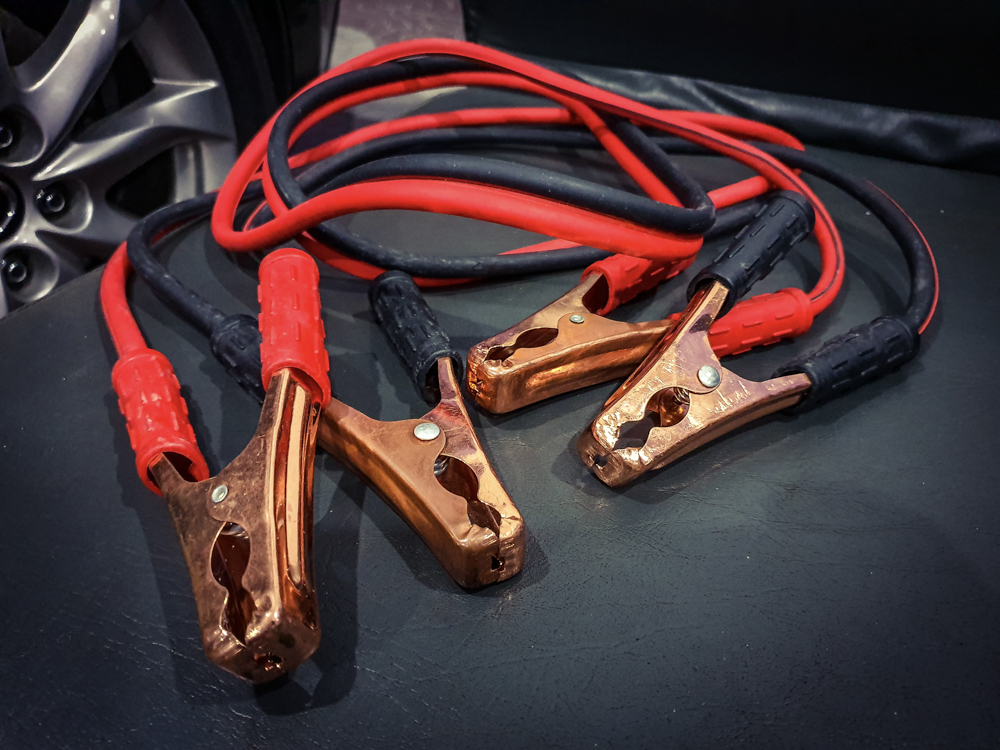
First, you’ll need a good set of jumper cables. Preferably a set that has insulation all the way up to the clamp heads. Inspect the cables, ensuring there are no exposed portions of wire or cracked insulation.
To successfully attempt a jump-start using these cables, you’ll need a support vehicle with a healthy battery. Have the support vehicle park either facing the front of your car or beside it, making sure that the jumper cables can reach both batteries with a bit of slack left.
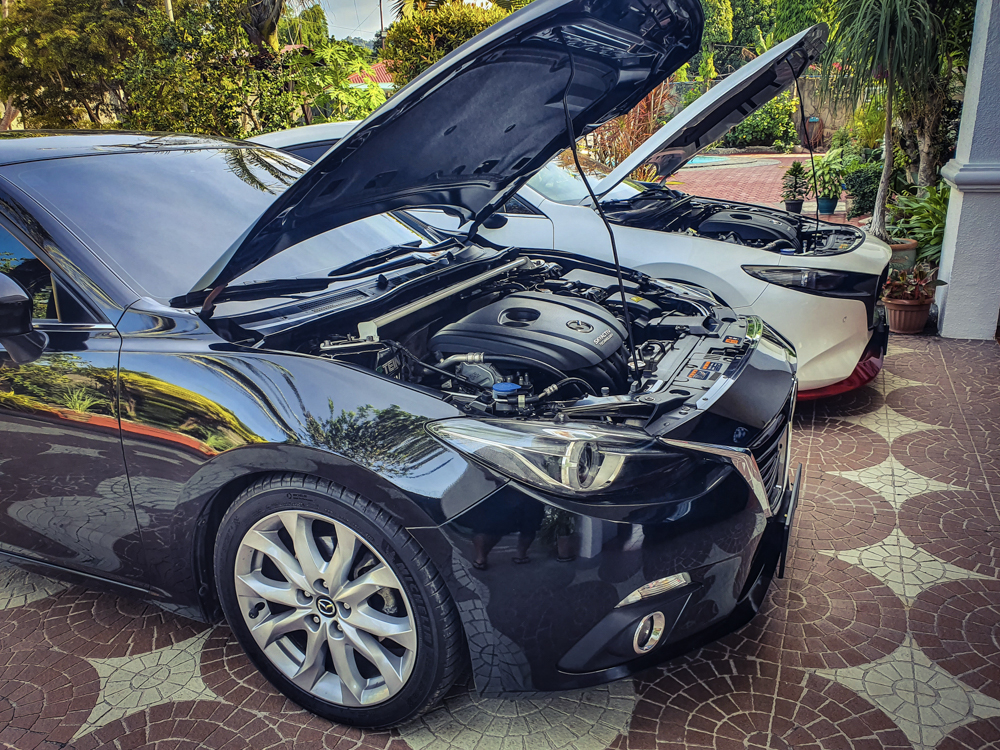
Here’s the crucial part. Carefully lay the cables across the stretch between the two vehicles. When connecting the clamps/leads onto the car battery’s terminals, make sure that you never allow them to touch each other throughout the process.

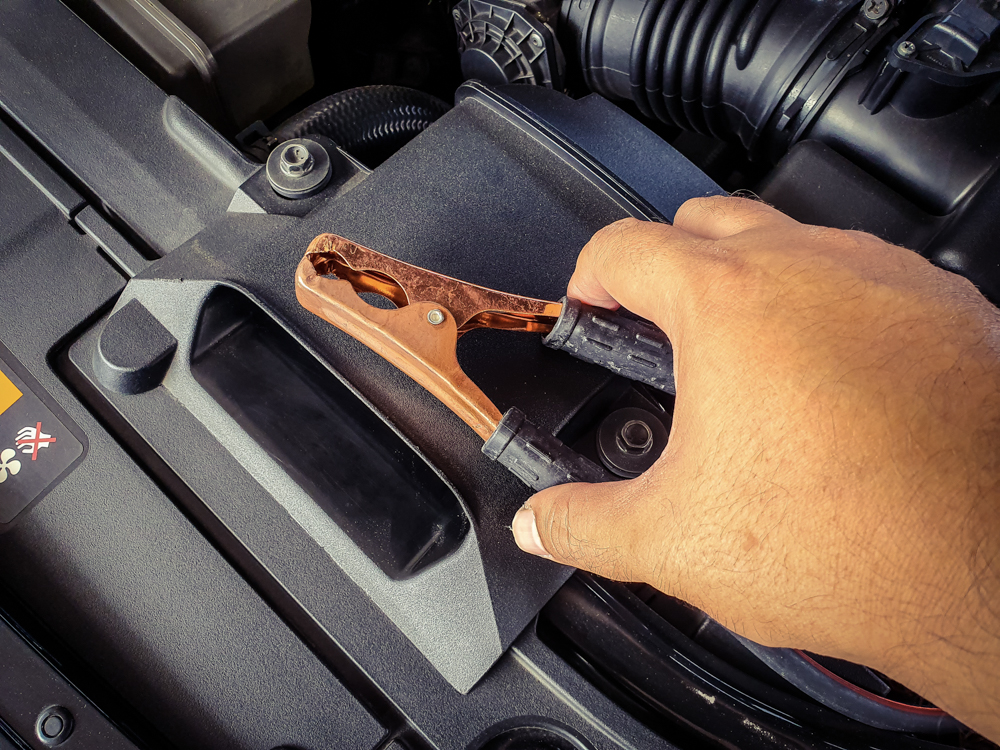
On the stalled vehicle, attach the red clamp on the positive terminal (colored red) of the dead battery first. Leave the black clamp resting on a safe part of the engine like a non-conducting part, such as plastic, or lay it on a dry towel for the time being.
The reason why we don’t connect the two clamps to both terminals on the dead battery is to avoid it from possibly blowing up. You see, a dead battery emits hydrogen gas, and sparks from connecting both clamps to both terminals could trigger an explosion. Safety first.
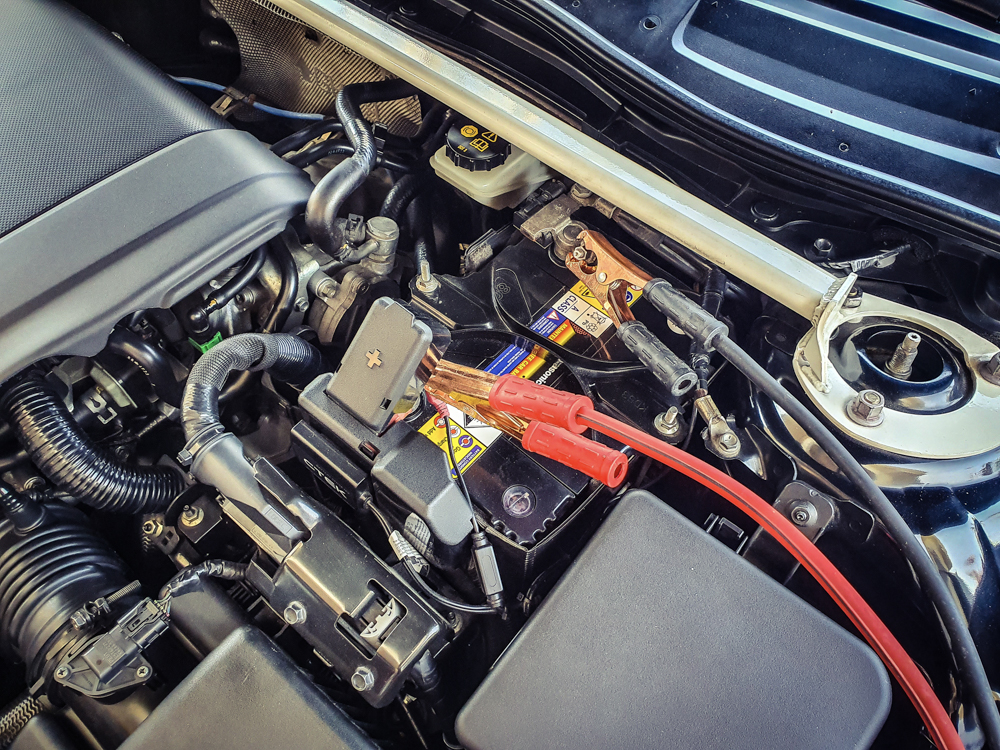
Proceed to the other end of the jumper cables with the support vehicle. With the engine off, connect the red clamp to the positive terminal and then the black clamp to the negative terminal. Go back to the dead battery and connect the black clamp to a bare-metal part of the vehicle, such as an exposed portion of the frame. This serves as the ground. You can also refer to your vehicle’s manual to see if there’s a designated grounding point within its engine bay. Avoid connecting the black clamp to any metallic part of the engine block to prevent any mishaps or damage to sensitive engine components.
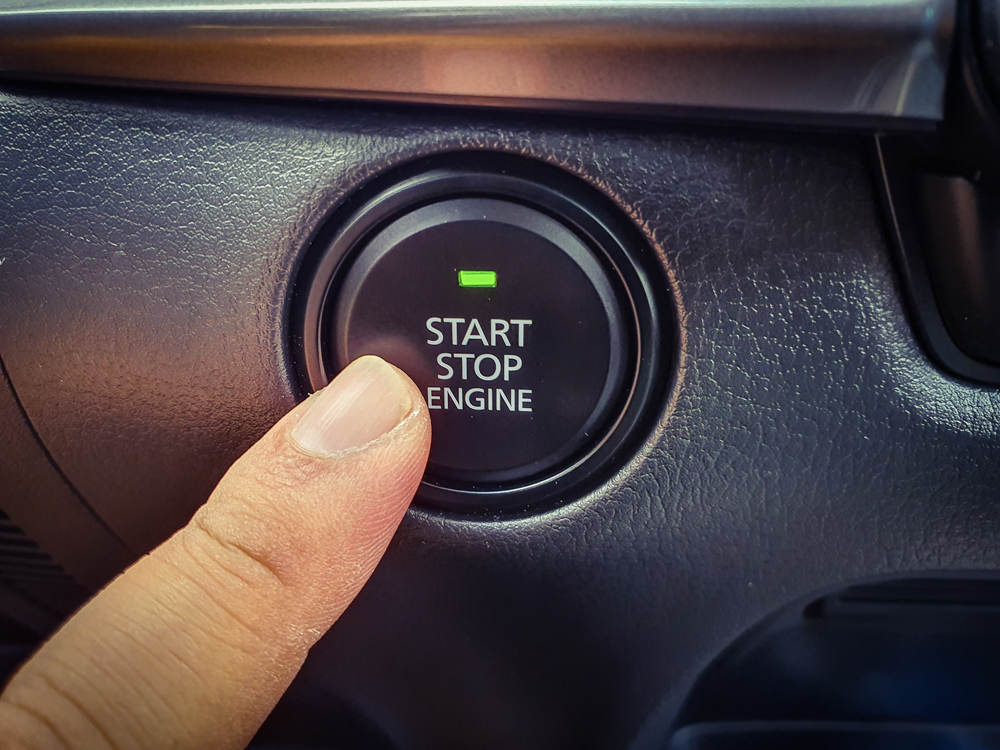
After all four clamps are securely in place, start the engine of the support vehicle. Let it run for a few minutes to let the alternator juice up its battery and help feed electrical energy into the dead battery. You may now attempt to start the stalled vehicle.
In the instance that the car fails to start, check all clamps if they’re in good contact with the terminals and the ground. Try moving the black clamp on the car with the dead battery to another point if needed.
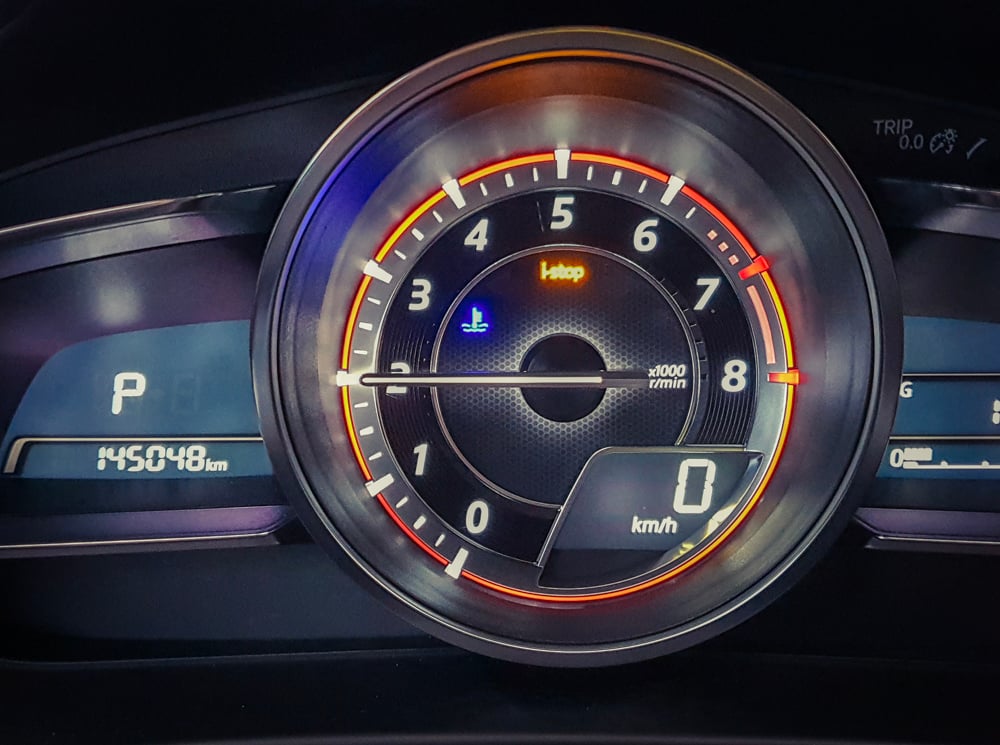
If all connections are secure, have someone rev the support vehicle’s engine to 2,000rpm to feed more power into the jump line. In case the dead battery has a bad cell and has reached the end of its life as it can no longer hold charge, borrowing the battery of the support car and temporarily mounting it directly on the battery tray (if it fits) of the stalled car should do the trick. It will require more effort, but it will definitely get the engine started.

Once you have the car running again, carefully disconnect the clamps in reverse order, and don’t shut off the engine for at least 30 minutes to allow the alternator to charge the battery sufficiently for the next engine start. As much as possible, keep the car running until you get home or reach a shop that sells car batteries if you think it’s time to replace the old one.

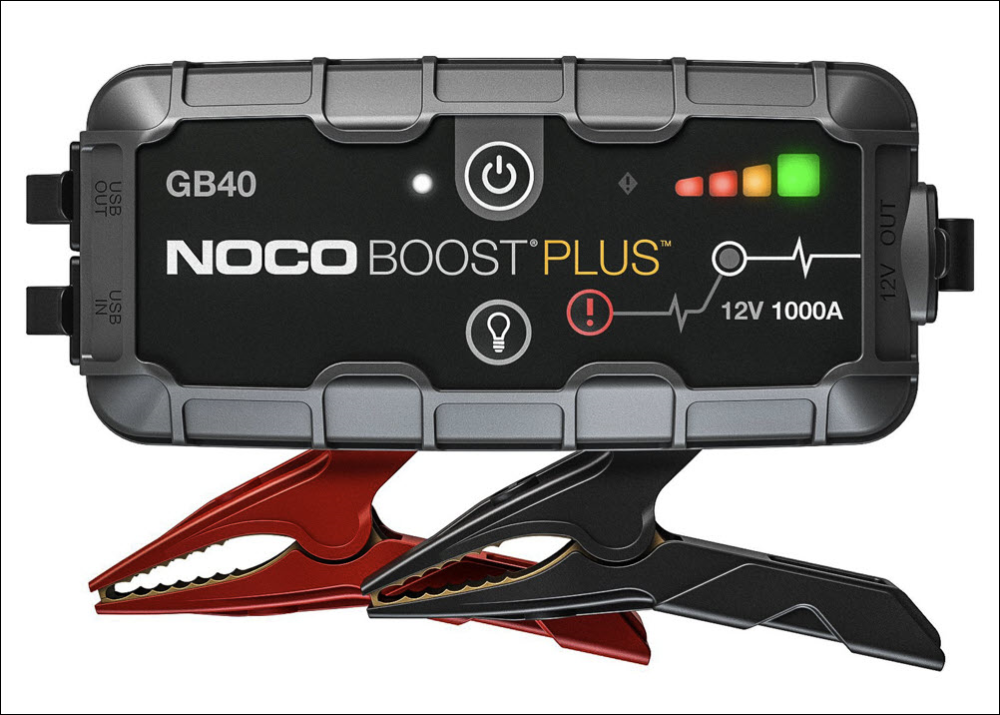
In our climate, a car battery could last for two to three years depending on how you care for it. A battery tender or smart charger would be a good investment in maintaining and prolonging the life of your car battery. For a few thousand bucks, a jump-start kit or power-bank starter that you can easily stow in your cargo space is highly recommended for emergency jump-starts sans a support vehicle.


0 Comments